The latest version of Hyundai’s best-selling Grand i10 is refined, economical and surprisingly roomy
The Hyundai Grand i10 had big shoes to fill when it replaced the popular Getz in 2014, but it’s gone on to become the Korean firm’s best selling model in SA.
The India-built compact Hyundai is exported to 87 countries and has sold more than 1.15m units in its first two generations, with 49,252 of those sales in SA.
The car is a step up from the tiny Atos hatch in Hyundai’s model range, and the third generation Grand i10 has arrived at Group 1 Hyundai to compete against rivals like the Ford Figo, VW Polo Vivo and Kia Picanto, to mention a few.
So how does it stack up in this highly competitive segment?
The audio system’s touch screen is a tad undersized but it has all the modern functionality including Apple CarPlay and Android Auto, and the brisk Bluetooth pairing with my phone took place in what seemed like record time. The car has two USB ports in the dash, to prevent bickering over who gets to charge their phone.
Ergonomically the Grand i10 is a mostly user-friendly experience with a simple and tidy interface. There are very few buttons on the dashboard and steering wheel, causing minimal distraction for the driver.
One blot is that the steering doesn’t have reach adjustment, though it can be set to different heights to cater for different-sized drivers.
The range-topping Fluid grade has leather-look seats that create a smart feel inside the cabin, and they’re unusually wide and comfortable for a budget car. The plastic on the dashboard isn’t soft-touch but it’s nicely textured, and the cabin’s dark theme is subtly dazzled up with red accents on the seats and air vents.
Rear seating space is impressively roomy for such a small car, and tall adults have plenty of leg and headroom. Back seat passengers are also well taken care of with their own adjustable air vents.
At 360l the boot is one of the largest in the segment and contains a full-size spare wheel, with split-folding rear seats that flip down to cater for larger shopping expeditions.
Two normally-aspirated petrol engines are on offer in the Grand i10 range – a three-cylinder 1.0l and a four-cylinder 1.2l, with respective outputs of 49kW/94kW and 61kW/114Nm – and both are offered in a choice of five-speed manual or four-speed auto.
The 1.2 manual on test here has a significant power disadvantage over its direct price rival, the 1.5l Ford Figo, which offers a far more spirited 88kW/150Nm. Nevertheless, the Hyundai doesn’t leave the driver with unsatisfied power cravings and feels fairly willing. It is fairly torquey, giving it an easygoing commuting pace and the ability to cruise freeways at the speed limit or more.
Despite having just five speeds the car doesn’t buzz along at high revs in top gear, making it a fairly quiet cruiser. The engine seems to have enough torque to handle the sixth gear though, which might have further reduced the economical fuel consumption of 5.6l / 100km achieved by the test car – unusually this even beat the manufacturer’s claimed figure.
The Grand i10 is refined for a budget car, with well-muted mechanical and wind noise. Build quality seems spot on and there’s nary a squeak or rattle.
It also has a plush ride, lacking the overly choppy feel that characterises many small cars, and wears high-profile 15-inch tyres that take potholed roads in their stride. Hyundai’s compact hatch scurries through suburbia with a nimble feel, cornering neatly when the pace is picked up. A slick manual gearshift and light steering make it an undemanding car to drive in the bustle of traffic, though the steering doesn’t self-centre as well as it could.
The cheapest Grand i10 sells for R191,900 and for that you’ll get safety features like dual front airbags, ISOFIX child seat attachments on the rear seats, and ABS brakes, and comforts including touchscreen infotainment, remote central locking, aircon, electric windows and a trip computer.
The fancier Fluid spec, as tested here, adds items like LED daytime running lights, park distance control, alloy wheels, and the aforementioned leather-look seats to the spec sheet.
All around, it’s a more refined car than you expect in this segment, and coupled with its surprisingly good practicality and one of the best warranties in the business, the latest Grand i10 looks destined to be another good seller for Hyundai.
Tech Specs
ENGINE
Type: Four-cylinder petrol
Capacity: 1,197cc
Power: 61kW
Torque: 114Nm
TRANSMISSION
Type: Five-speed manual
DRIVETRAIN
Type: Front-wheel drive
PERFORMANCE (claimed)
Top speed: 167km/h
0-100km/h: 12.3 seconds
Fuel Consumption: 5.9l/100km (claimed); 5.6l /100km (as tested)
Emissions: 130g/km
STANDARD FEATURES
ABS brakes, dual front airbags, aircon with front and rear vents, electric windows, electric mirrors, touchscreen audio system with Android Auto and Apple Carplay, artificial leather seats, LED daytime running lights, alloy wheels, remote central locking, a trip computer, rear park distance control.
Warranty: Five years/150,000km (additional two-year/50,000km powertrain warranty)
Service plan: One year/15,000km
Roadside assistance: Seven years/150,000km
VERDICT:
Destined to be another hot seller for Hyundai
.
Article from https://www.timeslive.co.za/motoring/reviews/




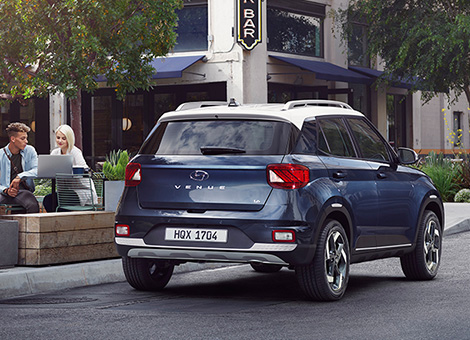
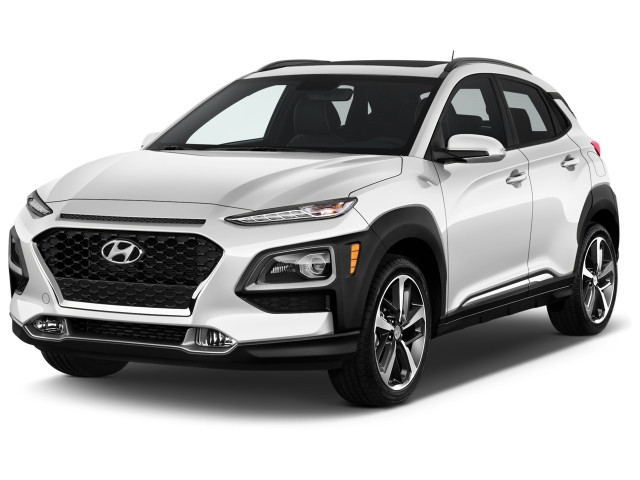
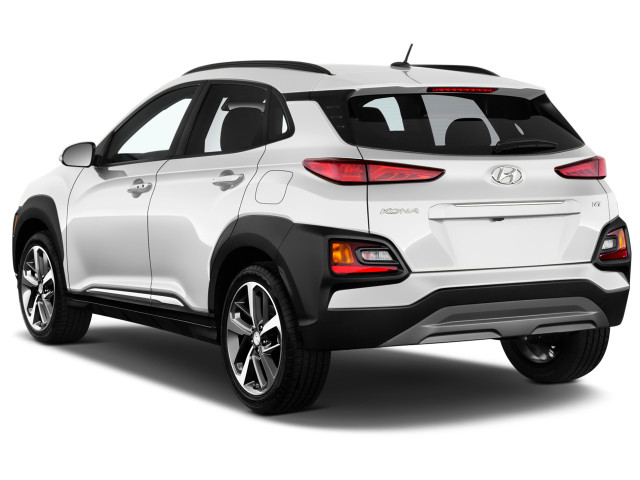
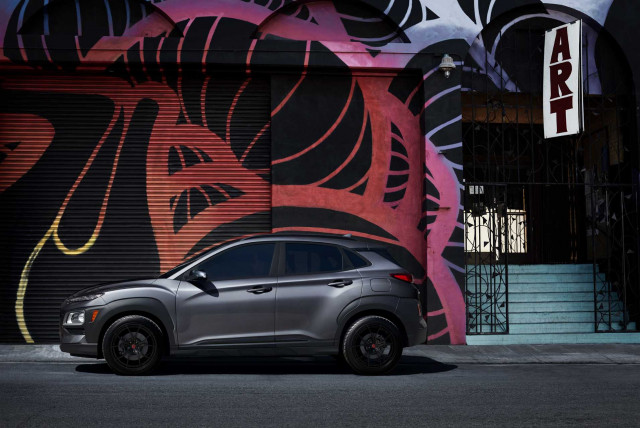




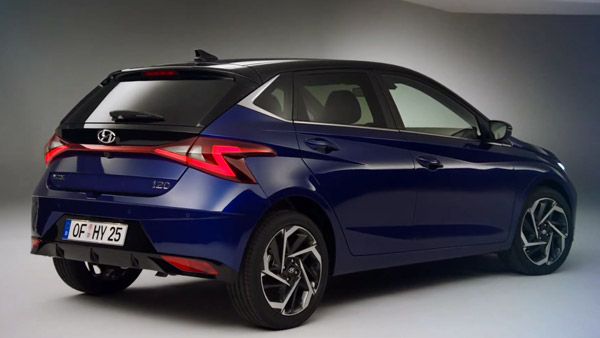


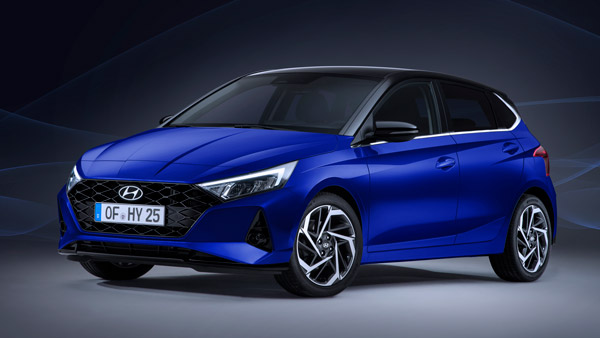






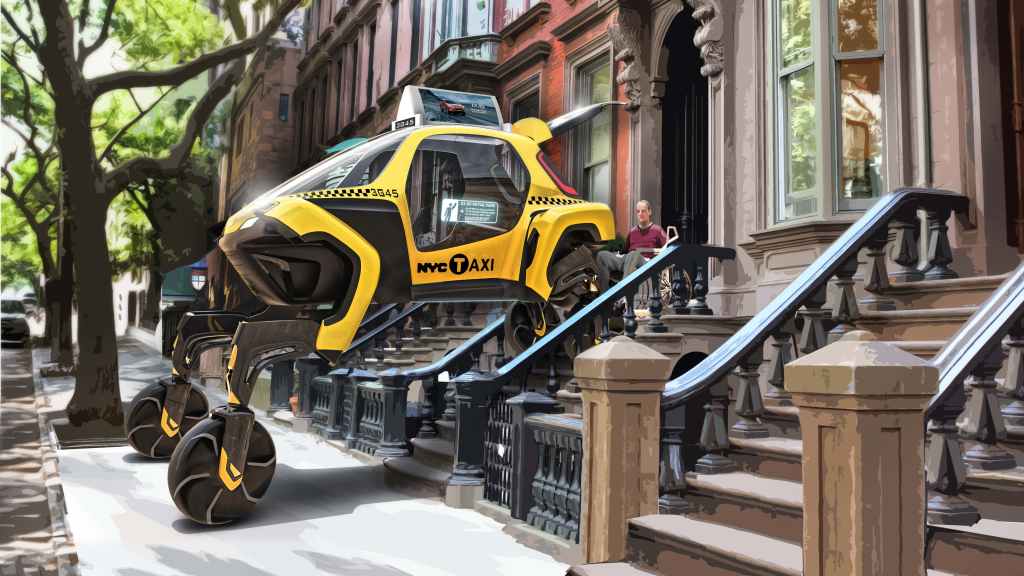

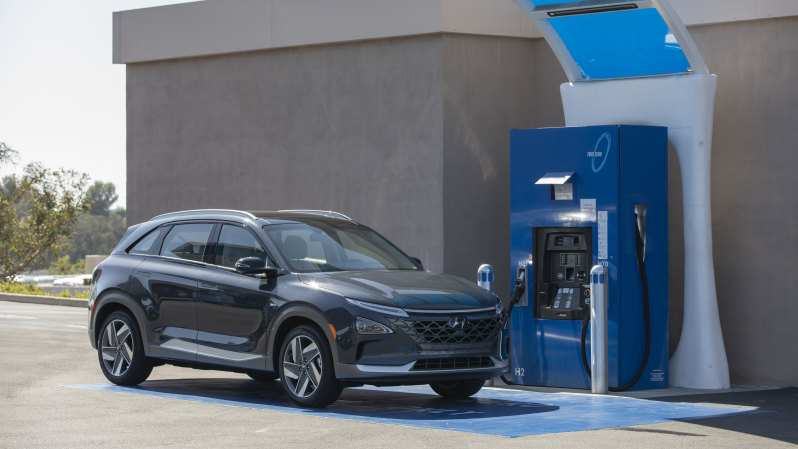
_1586703220928.jpg)